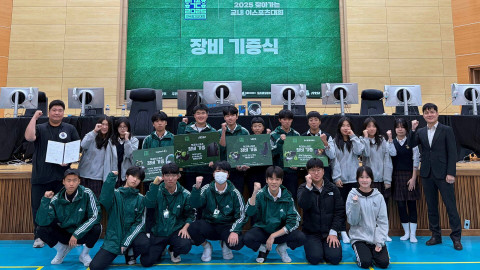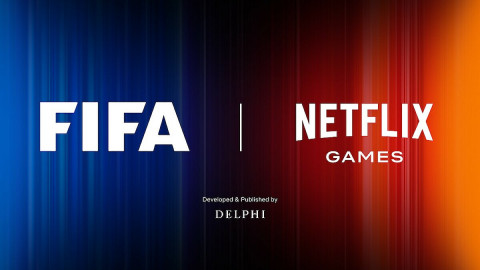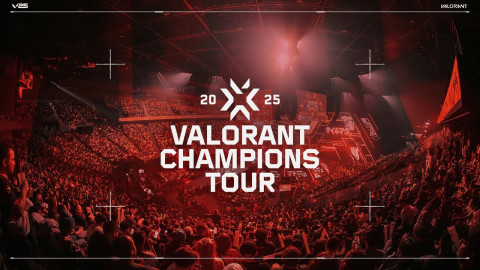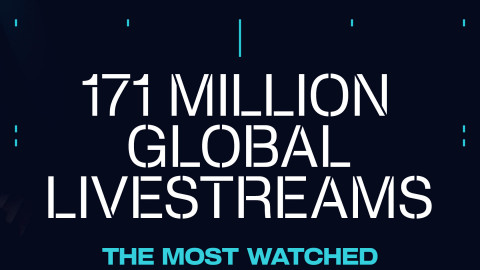
“FU jerseys banned by @OWPathToPro for possibly being too hot to handle,” reads a tweet from the Fusion University’s official Twitter. At first glance, it seems like a joke, another chance for the organization to boast their flawless record and get some extra mileage for their coincidental initialism, but sure enough, later that day the players’ jerseys were traded in for drab t-shirts.
The team’s abbreviation was a running joke this Contenders season, with the organization telling fans not to be afraid to say “FU” and Blizzard contracted casters using the term freely during group stage broadcasts. But when it came to the semi-finals and finals, the team’s logo was abruptly declared unsuitable for stream, and Fusion University’s abbreviation on official Blizzard sites suddenly became “FUN.”
The logo was not alone in its censorship though – words including “sucks,” lmao,” “damn,” and “climax” (which is a pro player’s gamer tag) were auto-banned from Contenders chat during the event, similar to how words like “trap” have recently been banned and unbanned in the Overwatch League chat. A long-time Overwatch player named rob420 was made to change his name prior to Contenders (now robdab), and any emotes depicting Pepe the Frog have long since been removed in Contenders and the Overwatch League due to the cartoon’s loose affiliation with the alt-right.
There is reasoning behind each restriction – FU also stands for ‘f*ck you,’ which could anger parents of young children; Blizzard does not want to scare away sponsors with the community’s rampant use of Pepe imagery, regardless of its meaning; 420 is associated with marijuana, etc. – but said reasoning crumbles under harsh scrutiny. Overall, the company’s standards for its esport are overly cautious; inconsistently enforced; and, not adhered to by Blizzard themselves.

FU, as aforementioned, was used liberally on broadcast by the North American casters and proudly displayed by the organization itself, an arm of the Philadelphia Fusion, since prior to competition. There has been ample time for Blizzard to warn that any prominent display of their logo would not be tolerated, but their own embrace of it on broadcast gave the opposite impression.
Similarly, there has been no indication from Blizzard that the abbreviation of curse words is inappropriate – after all, Tracer has a “wanker” voice line and McCree a “BAMF” belt buckle, a replica of which Overwatch League commentator Christopher “MonteCristo” Mykles has worn on stream multiple times. And as far as auto-banning words in Twitch chat? Well, despite analysts saying f*ck, alluding multiple times to male ejaculation, and more on the Overwatch League broadcast this season, the competition is still standing; so maybe gamers can handle seeing “damn” and “sucks” flit by in Twitch chat, whether in Contenders or the League.
Ostensibly, Blizzard’s intent in banning the FU logo from competition and potentially upsetting words from chat was to make the competition more family-friendly or professional, but surely no one who is offended by either would allow themselves or their child(ren) to become invested in a video game (nor corresponding esport) that toes the line of impropriety itself. Thusly, Blizzard has sparked annoyance and outrage among its competitors and wider audience in order to avoid the same from an insignificant minority, the concerns of which can often be addressed simply by viewing Overwatch esports on Blizzard’s designated sites or on Twitch without chat.
Hours could be spent dissecting exactly why each of these decisions is absurd or incongruent with Blizzard’s prior actions, but ultimately, these latest frustrations are further attempts to isolate gaming from gaming culture and Twitch from Twitch chat. In the company’s fervent attempt to make Overwatch esports mainstream in style and structure, they have perhaps failed to realize that the esports viewer base does not change simply because the tournament format does. Overzealous conservatism is too often mistaken for professionalism. The youthful humor rampant in professional gaming is not inherently inappropriate, but rather a side-effect of the personalities of pro gamers with whom audiences connect.
The revamped Overwatch esports scene, encompassing Overwatch League and Overwatch Contenders, has only existed for a brief period of time, yet it has been mired with controversy from the start. With each new story like this – Pepe emotes no longer allowed in Overwatch League; Blizzard bans harmless player jerseys; Twitch chatters not allowed to say “sucks” or “trap” – another mountain is made of a molehill, and not only does Overwatch esports begin to look uptight and restrictive, but its core fan base becomes increasingly exasperated.

Conversations between viewers become less and less about gameplay and more about the gaming company’s latest shenanigans and missteps; streamers begin answering more questions about Blizzard-generated drama than they do competition; and, little by little, Overwatch begins to pale in comparison to esports that are deftly navigating the line between gamer culture and mainstream audiences. This specific controversy will fade from memories soon enough, as all controversies do, but impressions matter – and they last.
All photos inside the Blizzard Arena stadium taken by Robert Paul for Blizzard Entertainment and subsequently released by Blizzard for publication.
Sort by:
Comments :0






